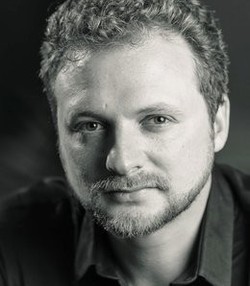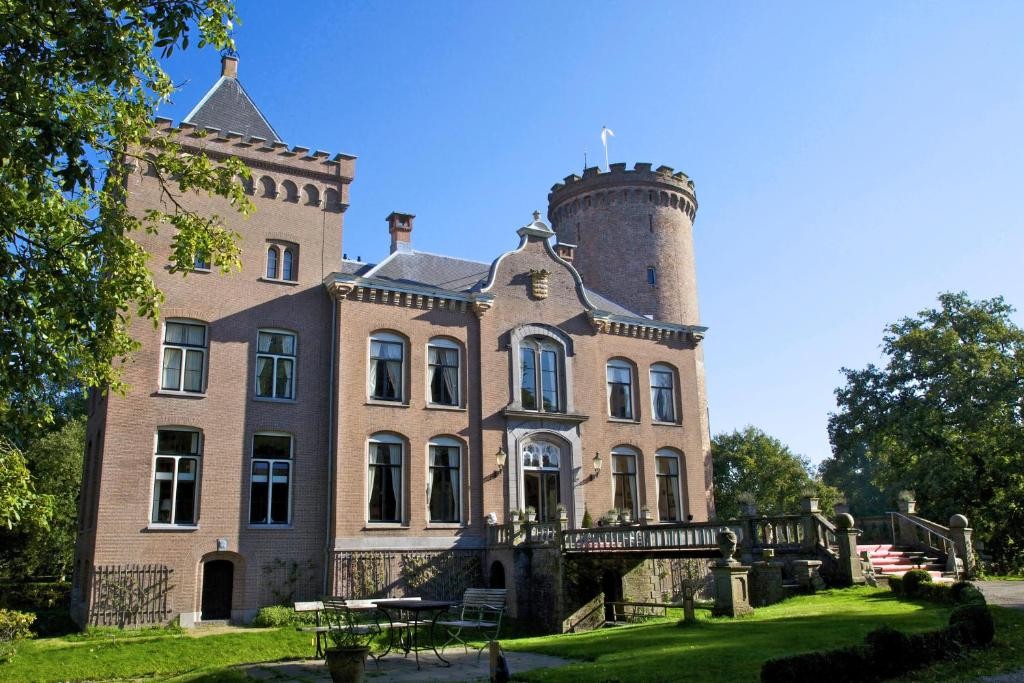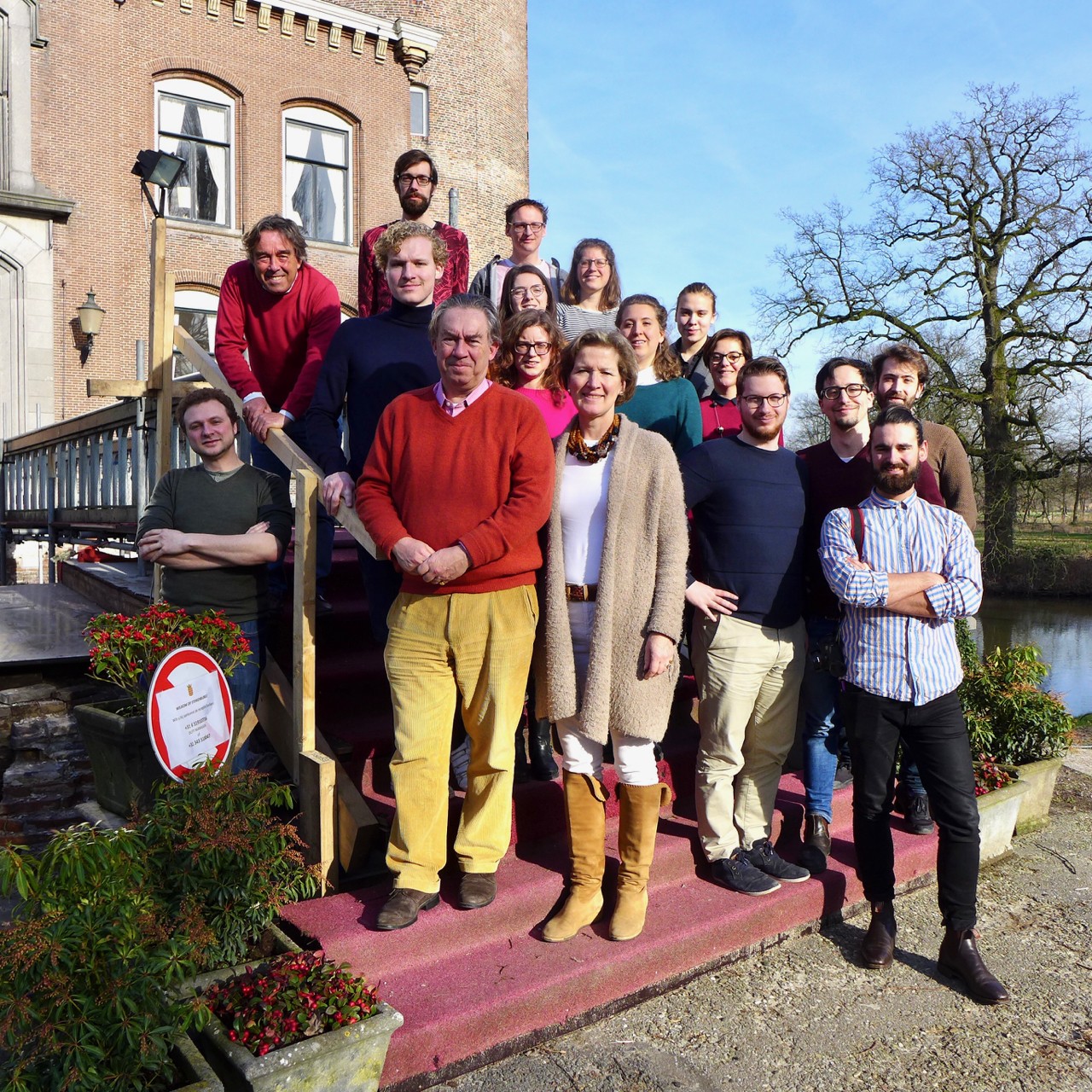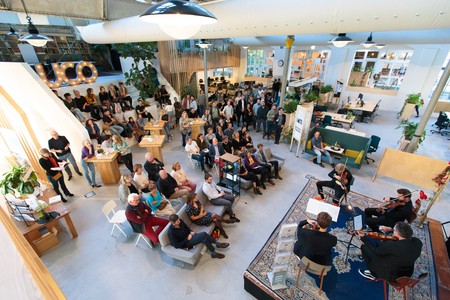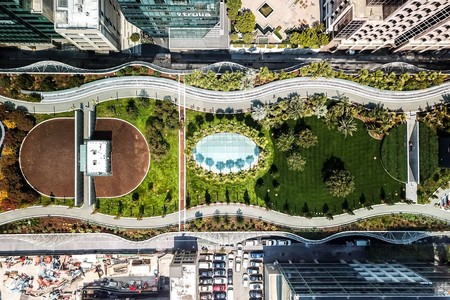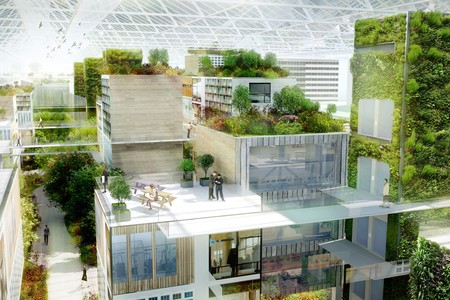-
After a long period of consideration, we began to discuss ideas from a systemic and comprehensive perspective. This approach marks the beginning of a bright future for Sterkenburg Castle.
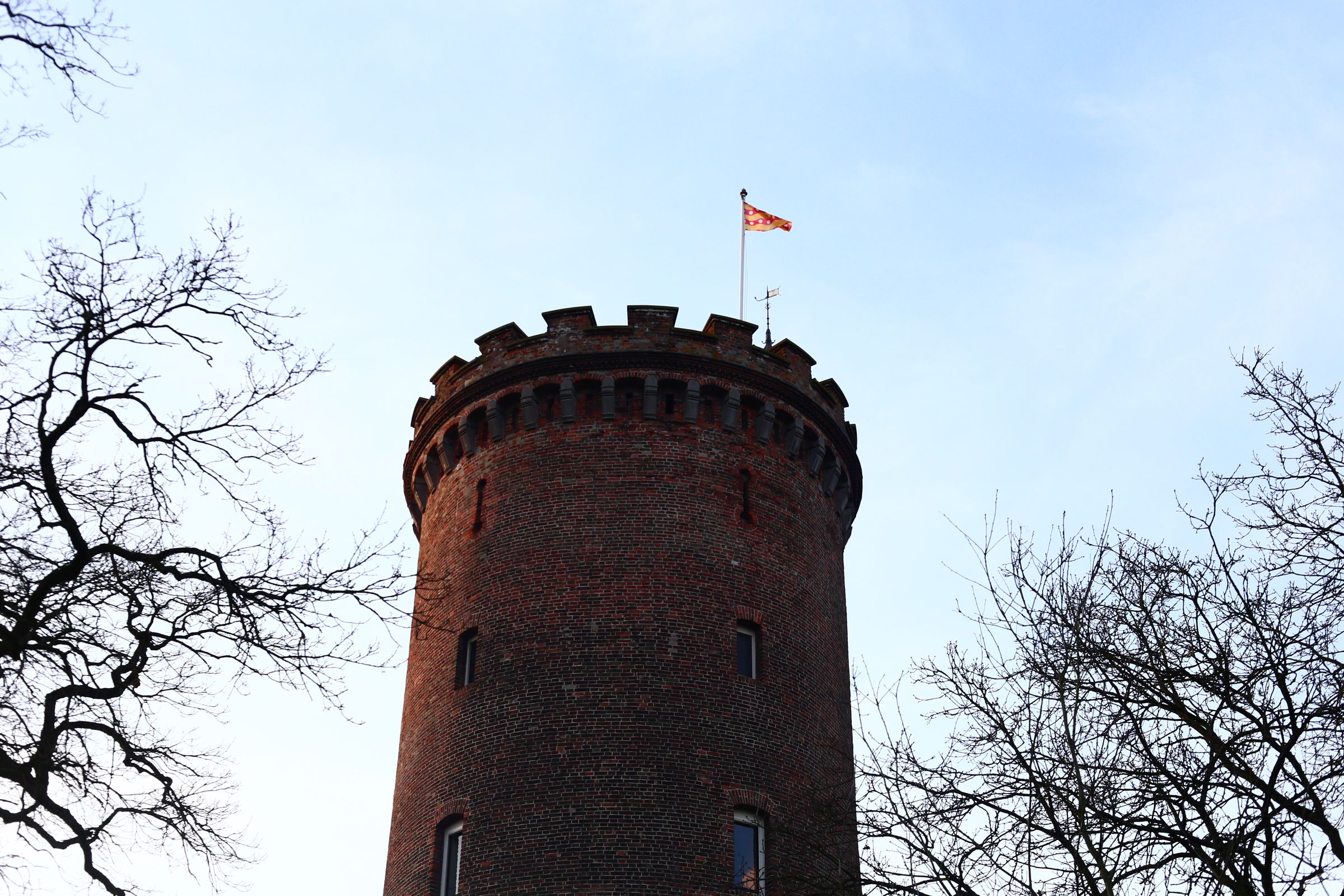

The future of Sterkenburg
Medieval castle innovates a new future
Apr 15, 2019
